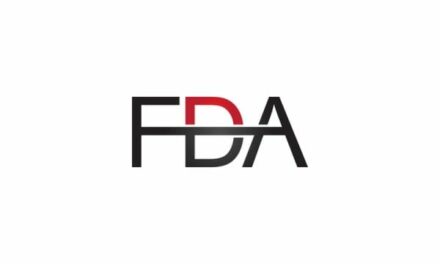The U.S. FDA has announced that, as a first step toward implementation of the recently established Safety and Performance Based Pathway for medical devices, the agency is issuing draft guidances outlining the recommended premarket performance criteria and testing methodologies for four specific types of devices. These are anticipated to be the first device types eligible for the new, voluntary premarket notification pathway to market devices, which was first announced in 2018 and finalized through guidance earlier this year.
The initial device types being considered for eligibility for the Safety and Performance Based Pathway under the draft guidances issued today include:
- Conventional foley catheters
- Cutaneous electrodes for reporting purposes
- Orthopedic non-spinal metallic bone screws and washers
- Spinal plating systems
“One of our goals with the Safety and Performance Based Pathway is to ensure that the 510(k) program is keeping pace with the important innovations we’re seeing in device development. This new pathway reflects our focus on advancing new products that are safer and more effective,” says Jeff Shuren, MD, director of the FDA’s Center for Devices and Radiological Health.
“This new option for 510(k) clearance of certain well-understood device types will allow manufacturers to use objective performance criteria—established or recognized by the FDA—to demonstrate substantial equivalence of their new products or superior performance to those already legally on the market,” Shuren adds. “For example, if a manufacturer wants to market a new spinal plating system that falls within the scope of the guidance, with this new pathway, they would submit a 510(k) demonstrating that the safety and performance characteristics of their device are consistent with the new FDA-identified criteria. They would not need to provide a side-by-side performance assessment with a predicate device.”
The Safety and Performance Based Pathway provides an option to medical device manufacturers seeking premarket clearance of certain, well-understood device types. With a premarket notification, also known as a 510(k), a manufacturer demonstrates that its product has the same intended use and the same technological characteristics as a device already on the market (known as a predicate device); if the product has different technological characteristics, the manufacturer must demonstrate that its product is at least as safe and effective as, and does not raise different questions of safety and effectiveness than, the predicate device.
In some cases, predicates may be older and may not reflect modern technologies embedded in new devices. In the new pathway, the safety and performance characteristics of new devices are evaluated against a set of FDA-identified objective and transparent metrics consistent with the safety and performance characteristics of modern predicates.
Devices being reviewed and cleared under this new pathway must still meet regulatory requirements for safety and effectiveness; however, the FDA expects this pathway to promote a competitive marketplace for developing even safer, more effective technologies, ultimately giving patients timely access to more beneficial medical devices.





